Day 1 of a 3-day Autumn Tour and Wader Spectacular. After a cloudy start, the cloud burnt back and it was bright, mostly sunny and pleasantly warm. Nice weather to be out birding. We spent the day along the more easterly end of the North Norfolk coast.
To start the day, we headed up to Salthouse. As we drove along the coast road from Cley, we could see a Marsh Harrier over the reeds and as we parked at the Iron Road and got out, it flew over the grazing marsh towards us and then cut across the road. We walked down along the track to view the pool. There were lots of Teal and Shoveler on here today, including a good number of drakes in dull eclipse plumage, all looking rather brown – a recurring theme with ducks at this time of year. Three juvenile Dunlin were in with them, but there was no sign of any other waders on the pool today. A small flock of Dunlin, with a single Common Snipe in with them, flew round over the marshes but headed out towards beach and disappeared off towards Cley.
A Kestrel flew in over the grazing marsh and landed briefly in the top of a tree next to us, before it saw us and flew off again. A juvenile Spoonbill came in high over the marshes from the direction of Cley and carried on west past us. A large flock of Goldfinches was feeding on the thistles and several Swallows and House Martins were hawking over the marshes.
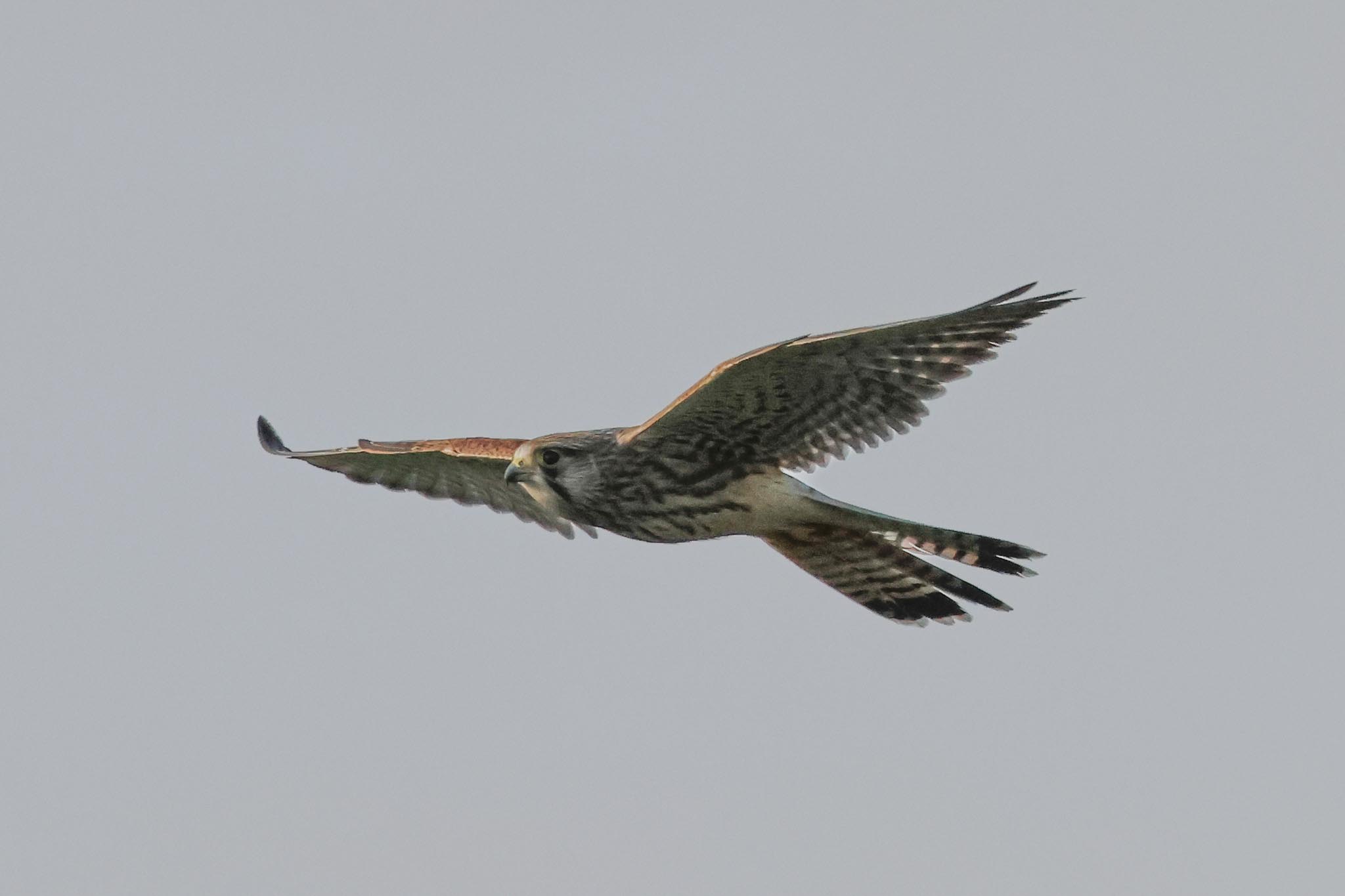
Back to the minibus, we drove round to park at Walsey Hills. There was no sign of any Green Sandpipers on Snipe’s Marsh this morning, so we walked over to the East Bank. A Little Grebe was diving in the water weed on Don’s Pool. Looking out over the grazing marsh, we picked up a Hobby over the Pope’s reedbed, chasing after a small bird. It was, joined by a second Hobby, then both of them were chased off by one of the local Kestrels.
Up to the Serpentine, there were lots of ducks here too, more brown Teal and Shoveler. Out on Pope’s Pool we could see lots of rusty brown Wigeon and several juvenile Shelducks. The water level has gone up a lot after the heavy rain earlier in the week, and it is now too high for waders, unfortunately. The surprise of the morning was looking across to see an Arctic Skua fly in over the Serpentine past us, flushing all the ducks, before cutting across the reedbed and disappearing off inland. Very odd to see one away from the sea, over the land!
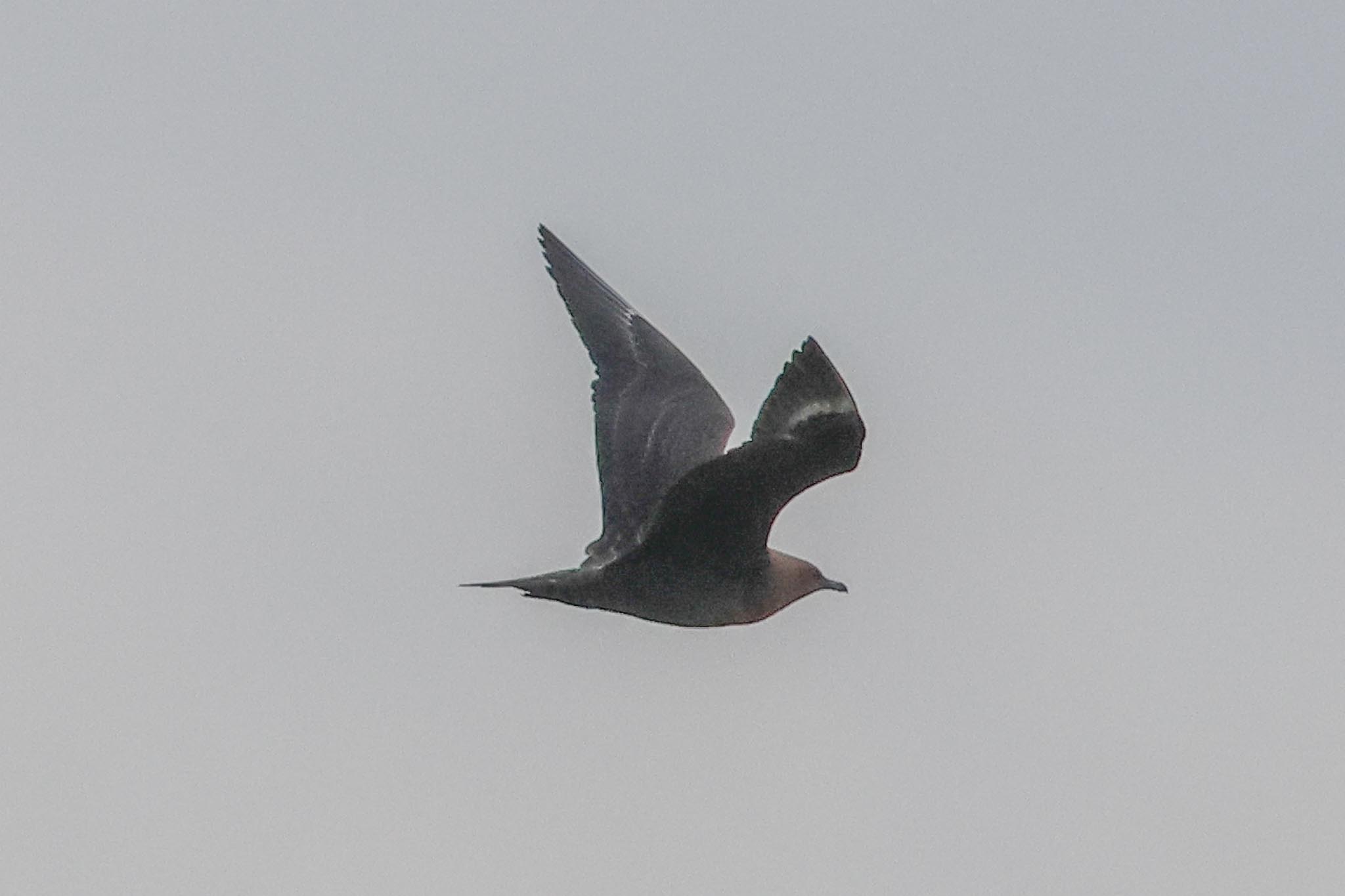
Continuing on, an adult Mediterranean Gull flew past and disappeared off towards the beach. We could hear a Greenshank calling on Arnold’s Marsh and found it asleep on a small island. Several Redshanks were feeding around it. Looking out the other way, a second Greenshank flew up from the reeds behind us, right past and out onto the middle of Arnold’s where we had a better look at it before it too fell asleep. Otherwise, there were several Curlew on here and a flock of Ruff which dropped in, had a quick feed, then went to sleep, presumably fresh arrivals tired after a long journey. Three Spoonbills were asleep too, more typically.
Looking out towards the sea, we could see a few Gannets flying past beyond the shingle ridge. We set off to have a look from the beach and on the way, we stopped to admire a Grey Heron and a Little Egret which were feeding on the pools right below the path.
Scanning from the shingle, we could see lots of Razorbills out on the sea, and we got a small group of five in the scope. A lone Guillemot swam past very close inshore, but didn’t look well. We picked up a Red-throated Diver on the sea just to the east, making its way towards us just off the beach, diving repeatedly. As we waited, it came right past us, in almost full summer plumage, though its red throat was hard to see unless it turned its head.
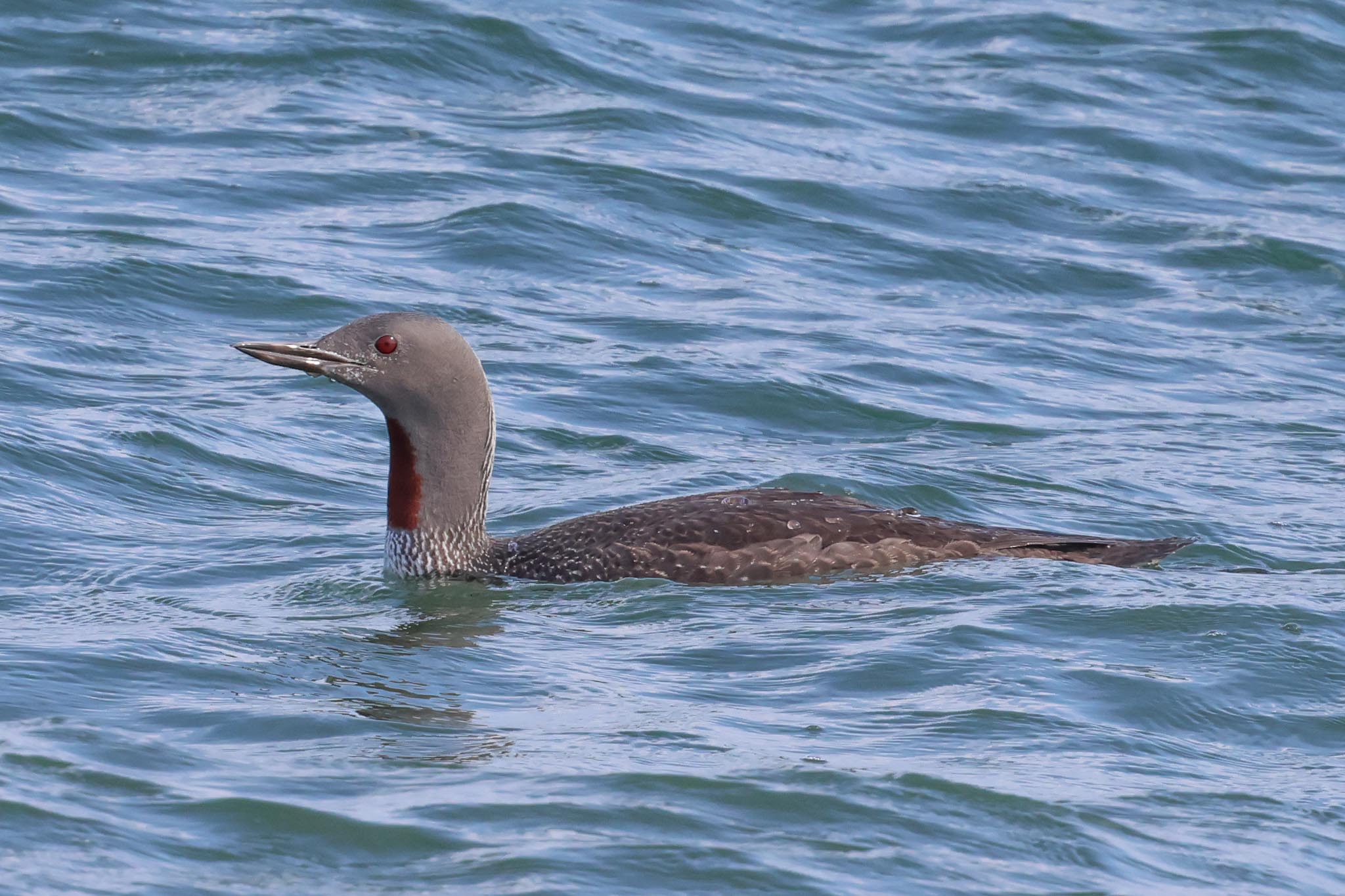
It was a very productive stop out here, and every time we thought about heading back, we picked up something else. There were small numbers of birds moving, a couple of small groups of Sandwich Terns came past heading east and we spotted a distant Great Skua heading west. A few ducks arriving for the winter included a flock of Wigeon, and a mixed flock of Common Scoter with a single Pintail and one Teal. We heard Golden Plover and Ringed Plover calling overhead and turned at one point to see a small flock of Knot and Dunlin flying west over the Brackish Pool. A juvenile Marsh Harrier working its way slowly east some way offshore was presumably a migrant too – amazing to watch migration in action.
Eventually we managed to tear ourselves away. We had looked for the regular Pintail on the Brackish Pool on the way out but it had now reappeared. Then back to the minibus, we made our way round to the Visitor Centre to use the facilities and sort out permits for the reserve. We had a little time still before lunch, so we made our way out for a quick look from Bishop Hide.
From the hide, we had good views of several close Black-tailed Godwits feeding in front. There was a large flock of Lapwings just behind, looking stunning in the sunshine, their metallic green upperparts shining blue, purple and bronze. Two Avocet were further back. A Common Snipe flew in and landed on the edge of the reedy island in front of the hide, giving us great views through the scope.
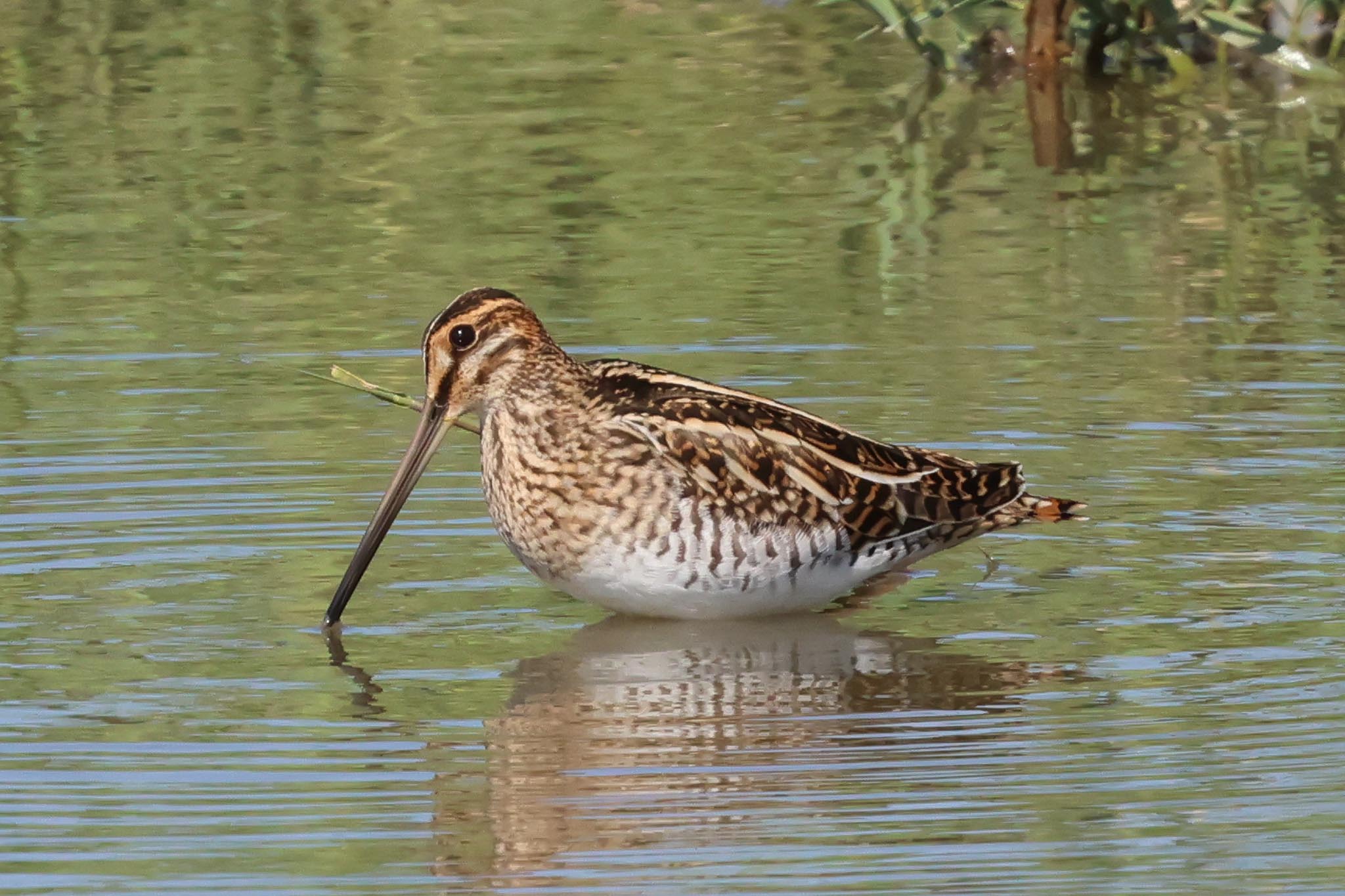
There were a few gulls on the scrape, including several adult Great Black-backed Gulls, which allowed us a good comparison with an adult Lesser Black-backed Gull alongside.
The long-staying local celebrity Long-billed Dowitcher had apparently been with the godwits earlier but had now disappeared. Scanning round the scrape carefully, we found it asleep hunkered down on one of the islands, looking like little more than a small grey lump in the grass. Not the best of views, we knew what it was mainly because we have seen it sleeping in almost exactly the same place on previous occasions!
We had turned our attention to other things, when one of the group glanced back to see that the Long-billed Dowitcher had woken up. It walked to the edge of the island, where it had a quick preen, then it took off and flew towards us. It landed in the middle of the Lapwings and then walked closer, heading towards where the godwits were feeding. A great view now through the scope. Then something spooked all the waders and they all took to the air – presumably a false alarm, they flew round briefly, then landed again. The Dowitcher landed with the godwits in the middle and promptly went back to sleep!
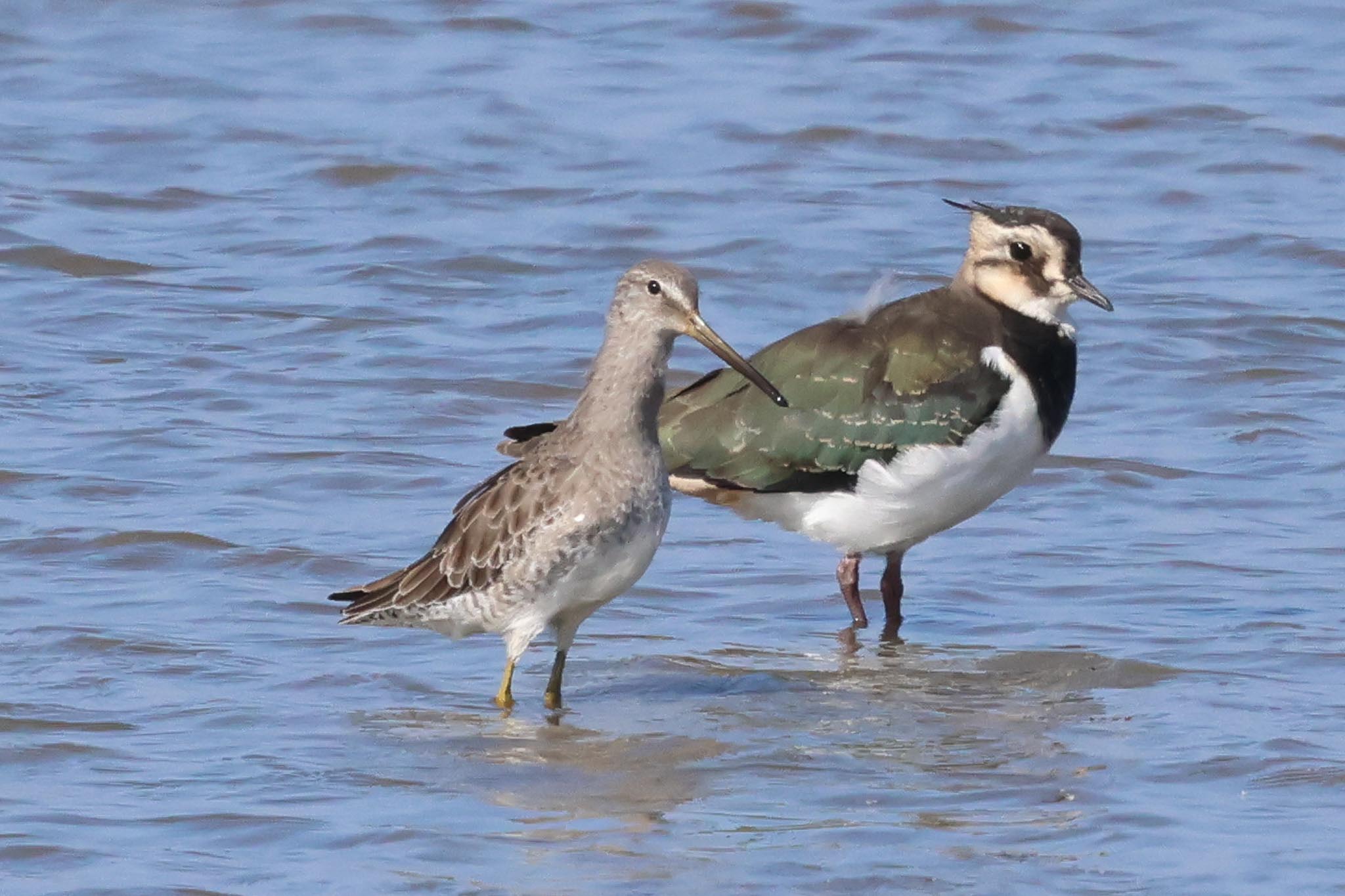
It had been a very productive visit to the hide here too, so we headed back for lunch at the Visitor Centre now. Keeping one eye out over the reserve from the picnic tables, we noticed three more Spoonbills flying past, an adult followed by two juveniles. Afterwards we headed out to the central hides. Walking in through the reeds along the boardwalk, we could hear Bearded Tits calling, but they were keeping down in the breeze.
We headed for Dauke’s Hide first. Apart from more brown ducks, there were a few drake Gadwall which had already emerged from eclipse and were now looking smart, grey and black again. The water level is up here too now though, and the only waders were a couple of Ruff and a lone Curlew. Looking across to Pat’s Pool, we could see five Pintail on the bank on one side, the drakes in eclipse, all beige. Five more Ruff, included four males and a single much smaller female – good to see alongside each other, so we could appreciate how different they are in size. Otherwise, there were just four Dunlin over the far side, up to their bellies in the water with the longer-legged godwits.
There were several Swallows still flying around the hides, so we had a quick look in Avocet Hide, where three juvenile Swallows were still resting on one of the beams right above our heads. While we watched, the adults made a couple of visits in and out to feed them. They should be fledging soon and then will head off south for the winter.
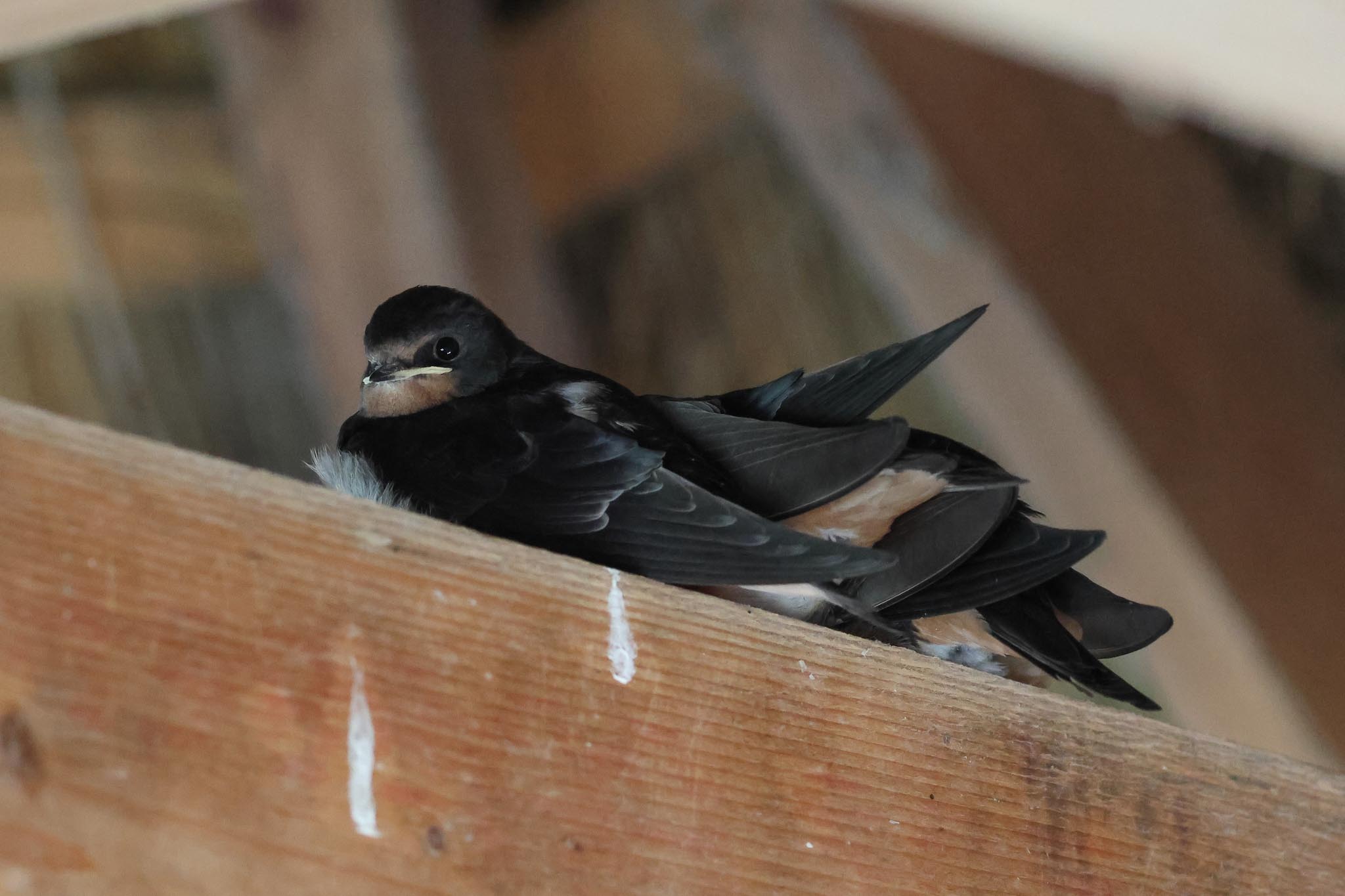
As we started to head back, we heard Bearded Tits calling and turned to see two fly back past us over the reeds. We walked back to the circular boardwalk and glimpsed one in the reeds briefly, but the others moved deeper into the reeds away from us calling and then went quiet. Typical Bearded Tits! Back towards the Skirts path, there were lots of Common Lizards basking in the sunshine on the rail on the edge of the boardwalk.
We drove round to Kelling for the last stop of the afternoon. As we walked down the lane, there were lots of Goldfinches and tits in the brambles opposite the school and a House Martin overhead. A succession of Chiffchaffs in the hedge were calling and one even singing, taunting us, as they were not doing much in the heat of the afternoon and were hard to see in the trees. Lots of Ivy Bees, Red Admiral and Comma butterflies, Migrant Hawker and Common Darter dragonflies were enjoying the afternoon sunshine.
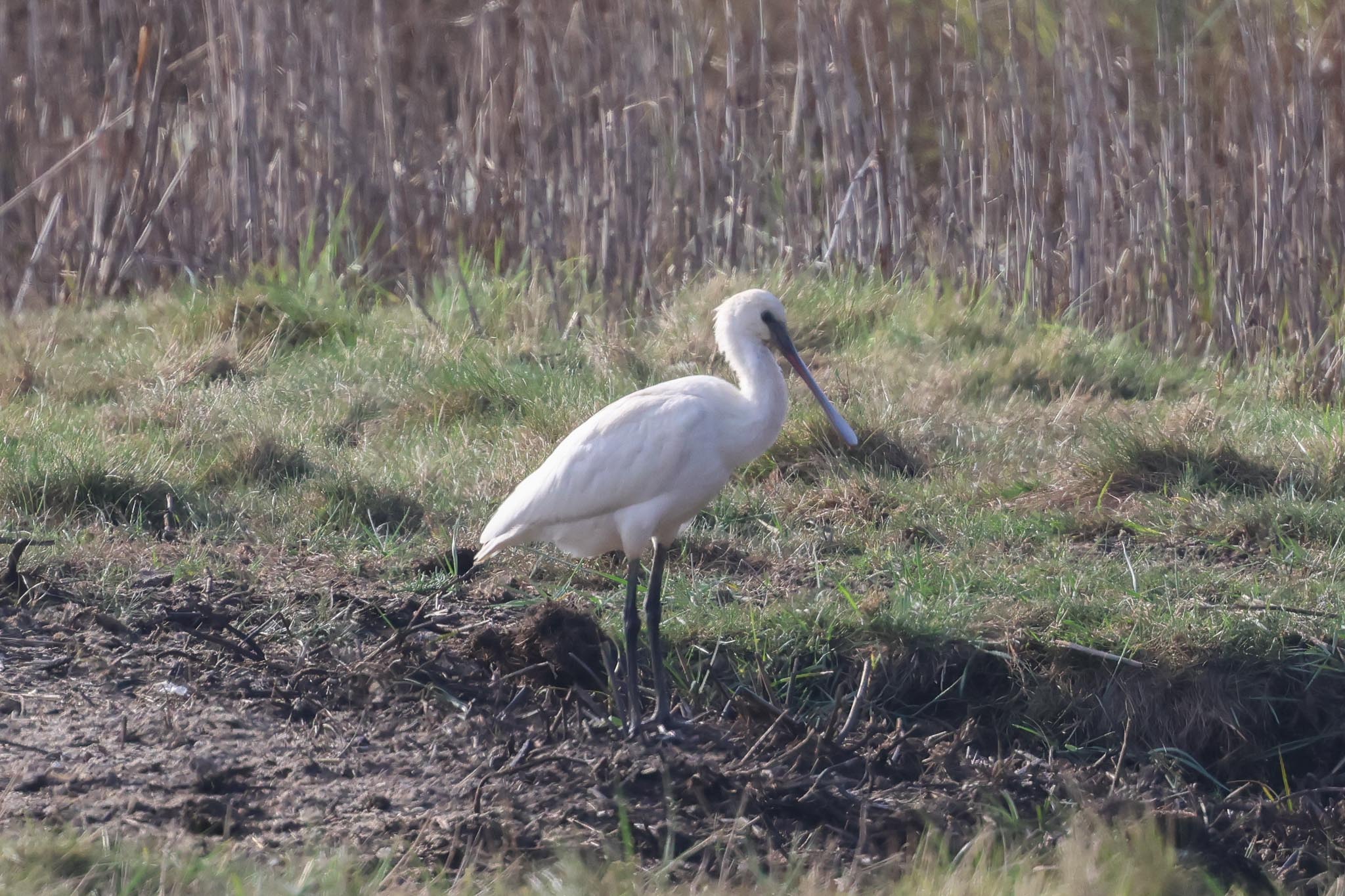
There were just a few Mute Swans on the Water Meadow pool, but from round on the crosstrack we had good views of a juvenile Spoonbill which came up out of the ditch on the Quags with two Little Egrets, possibly even the one we had seen flying in this direction first thing this morning. A Stock Dove was on the grass.
We continued along the path to the Hard, where several Stonechats and Linnets perched up in the brambles as we passed, then turned up towards the gun emplacements, to see if there were any migrants around. Unfortunately there were a couple of people walking round the guns and in and out of all the bunkers, so there were no birds to be seen.
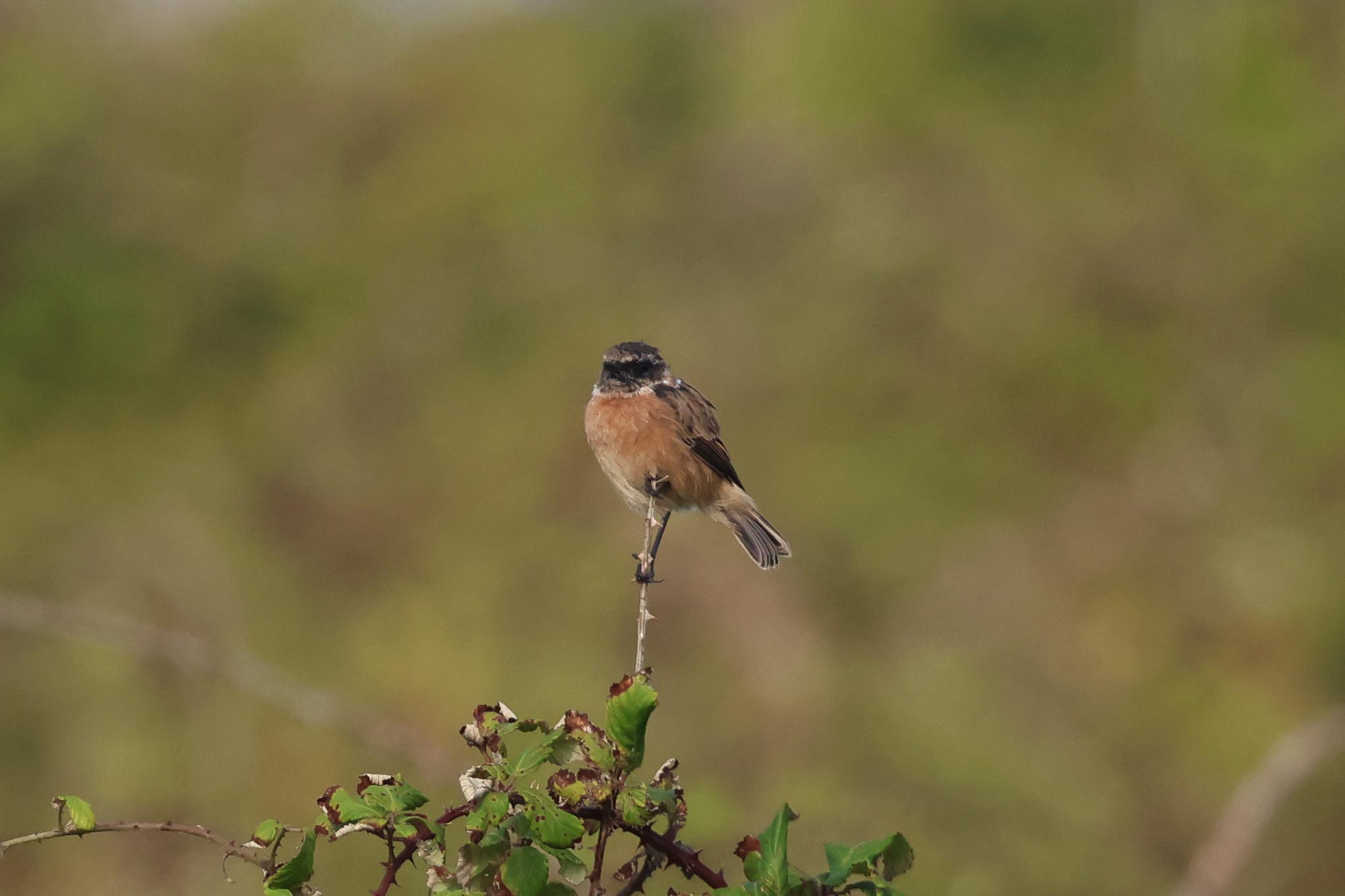
It was time to call it a day and head back now. We would be out again tomorrow.
















